Radiology Report: Analysis of Radiological Tests for Mr. Tomy's Injury
VerifiedAdded on 2023/01/18
|5
|1154
|24
Report
AI Summary
This report presents a radiology case study of Mr. A. Tomy, a 55-year-old male who sustained a head injury following an assault. The report details the clinical indications, which include significant soft tissue swelling and bleeding to the left eye and side of the head, along with a suspicion of a closed head injury with coup and contrecoup injuries. The study focuses on the suitability and methodology of a CT scan, explaining how the radiological test was conducted and discussing the main radiological findings using appropriate terminology. It highlights the diagnostic utility of CT scans in identifying the extent and location of injuries, including bone injuries and blood clots, and its role in guiding treatment plans. The report references relevant literature, including works by Charest-Morin et al. (2016) and Molvar & Glaenzer (2016), to support the analysis. The report emphasizes the importance of appropriate radiology selection for effective patient treatment and recovery. It also includes a discussion of the imaging process and how it is utilized to develop pictures of organs, bones and different tissues.
1 out of 5
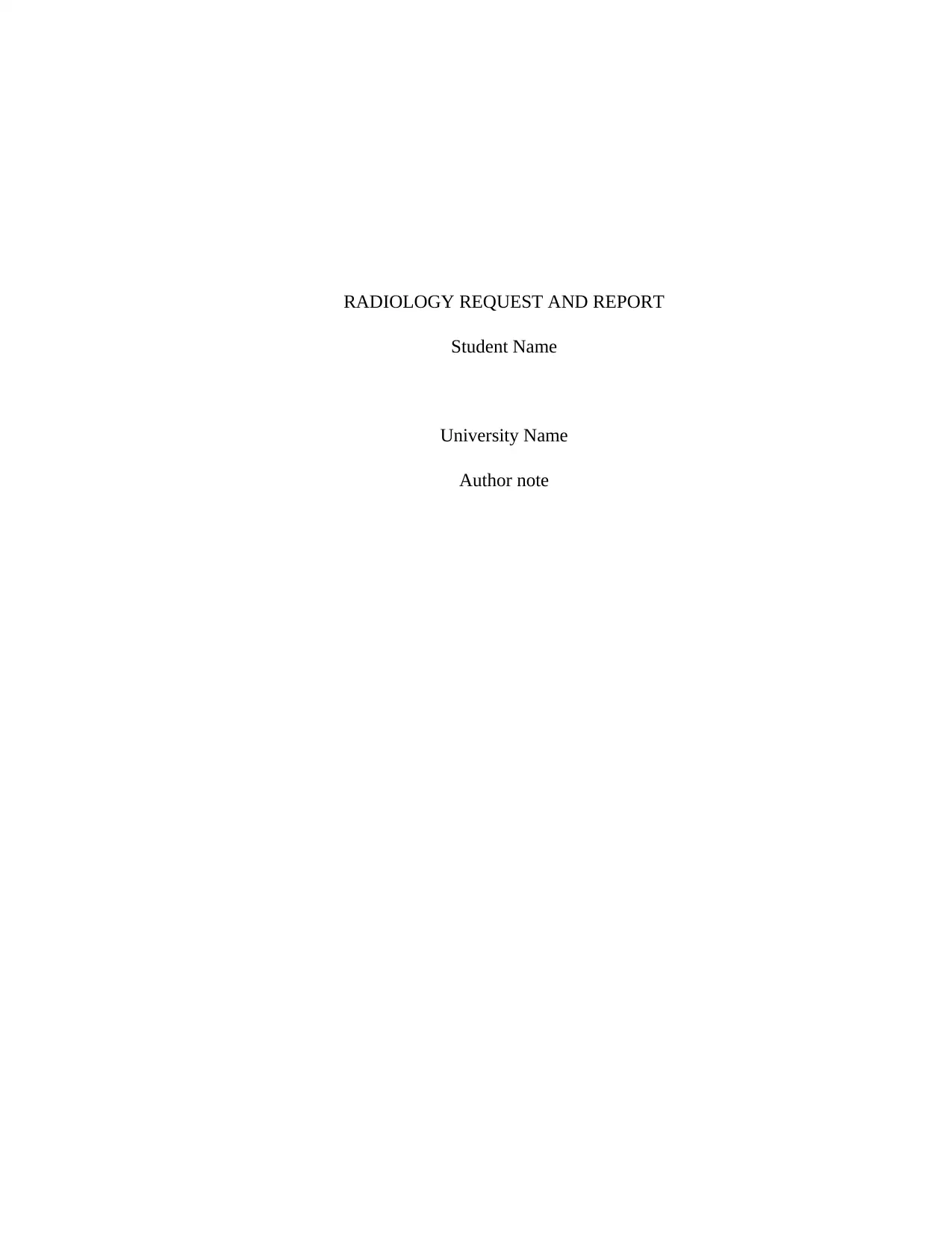
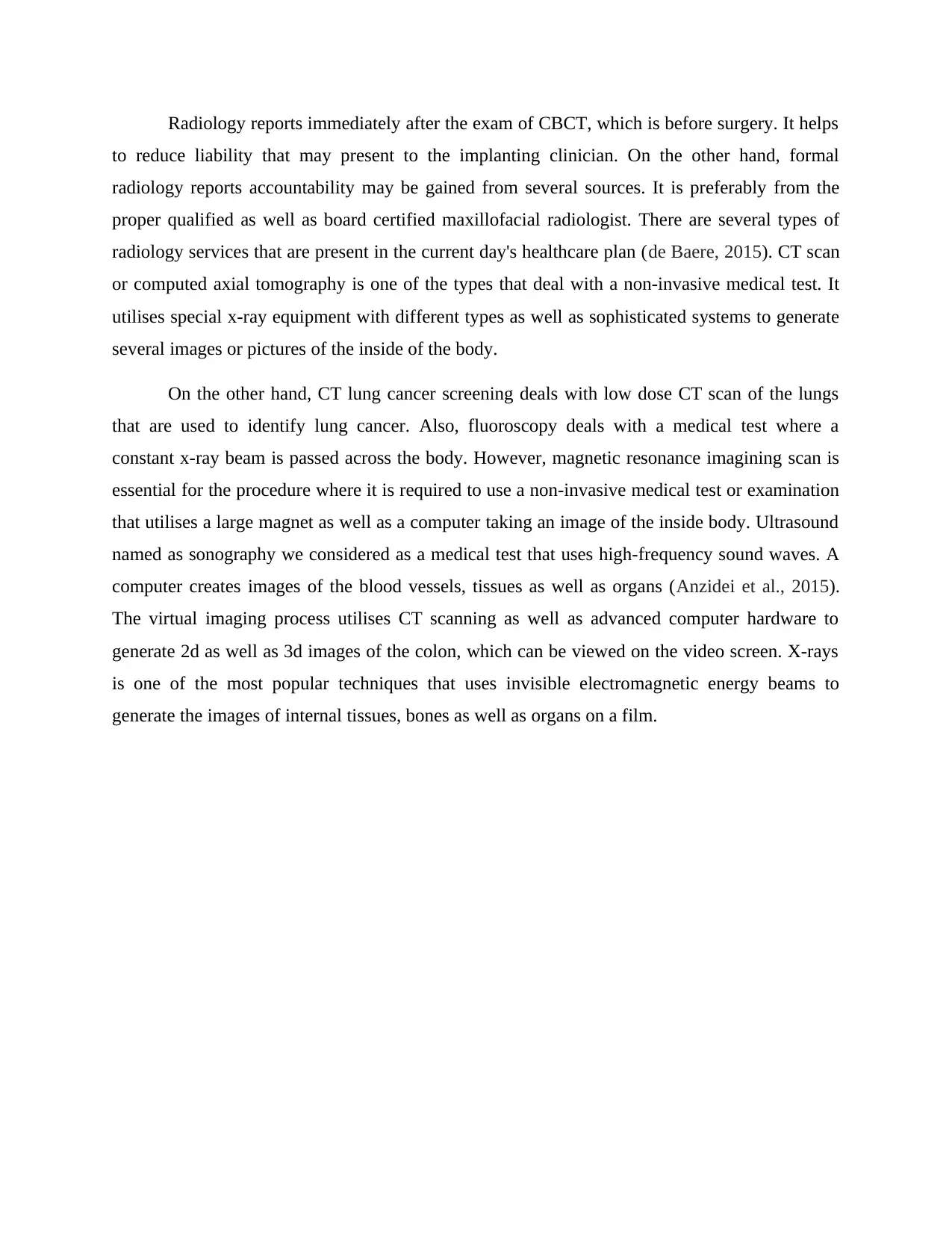
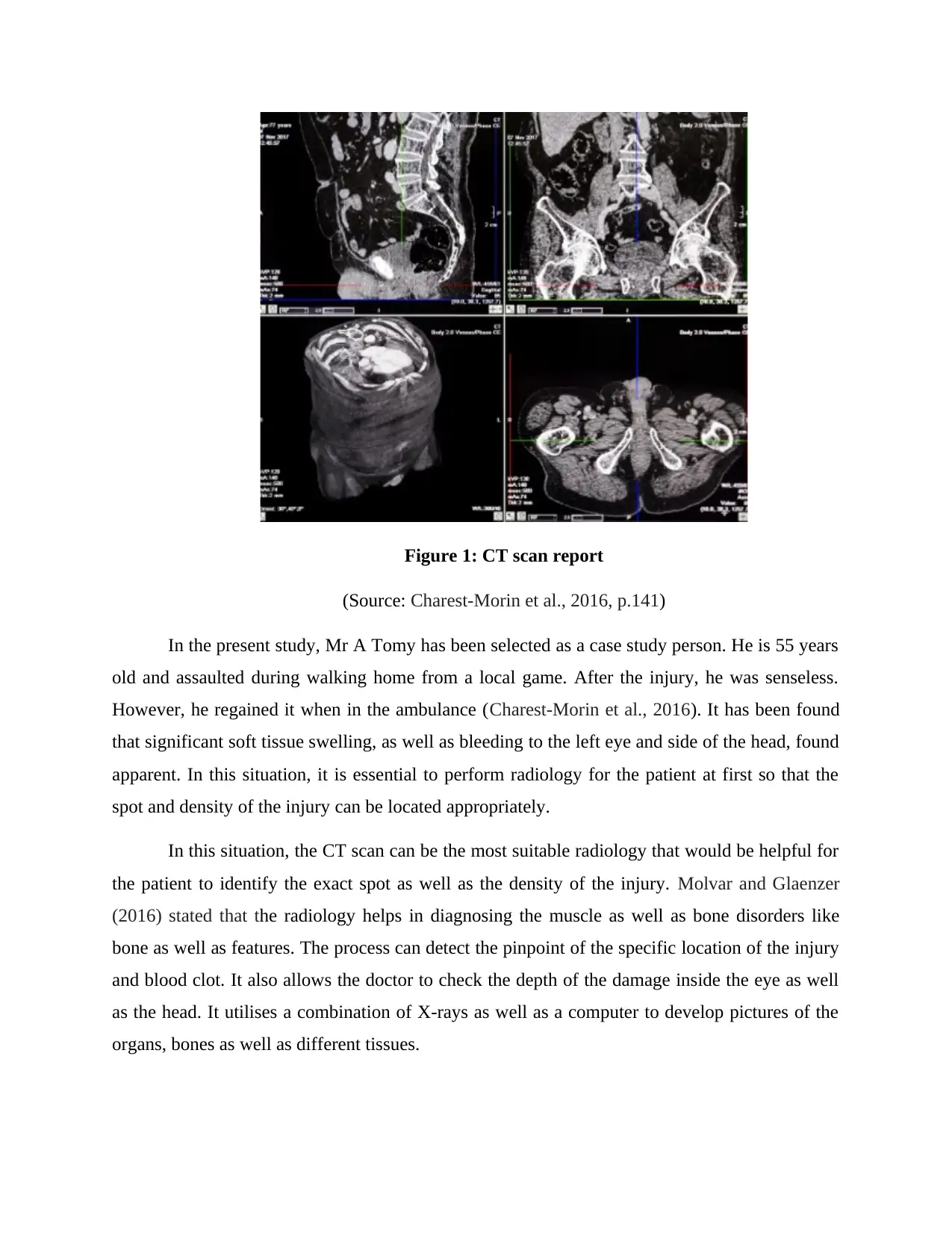

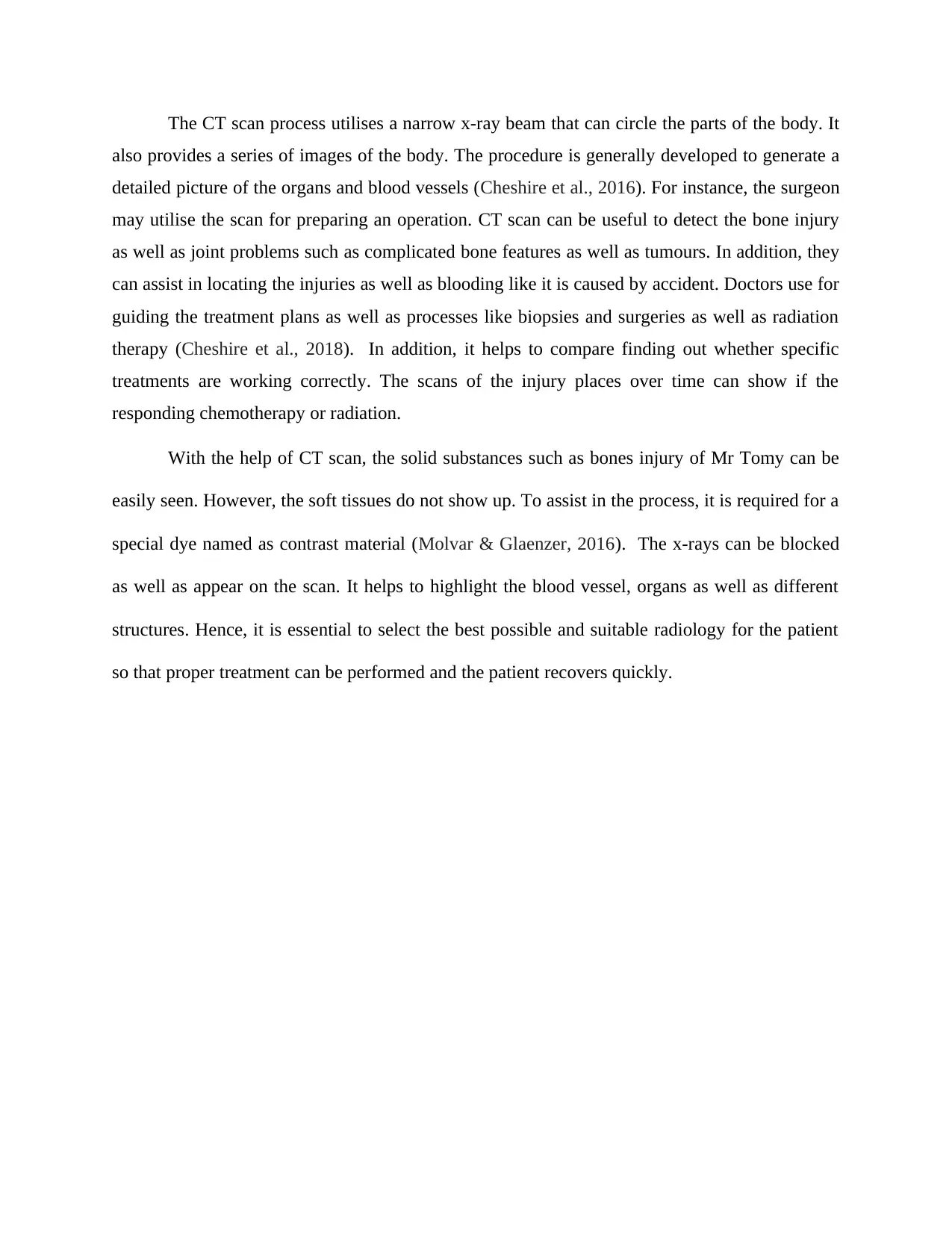
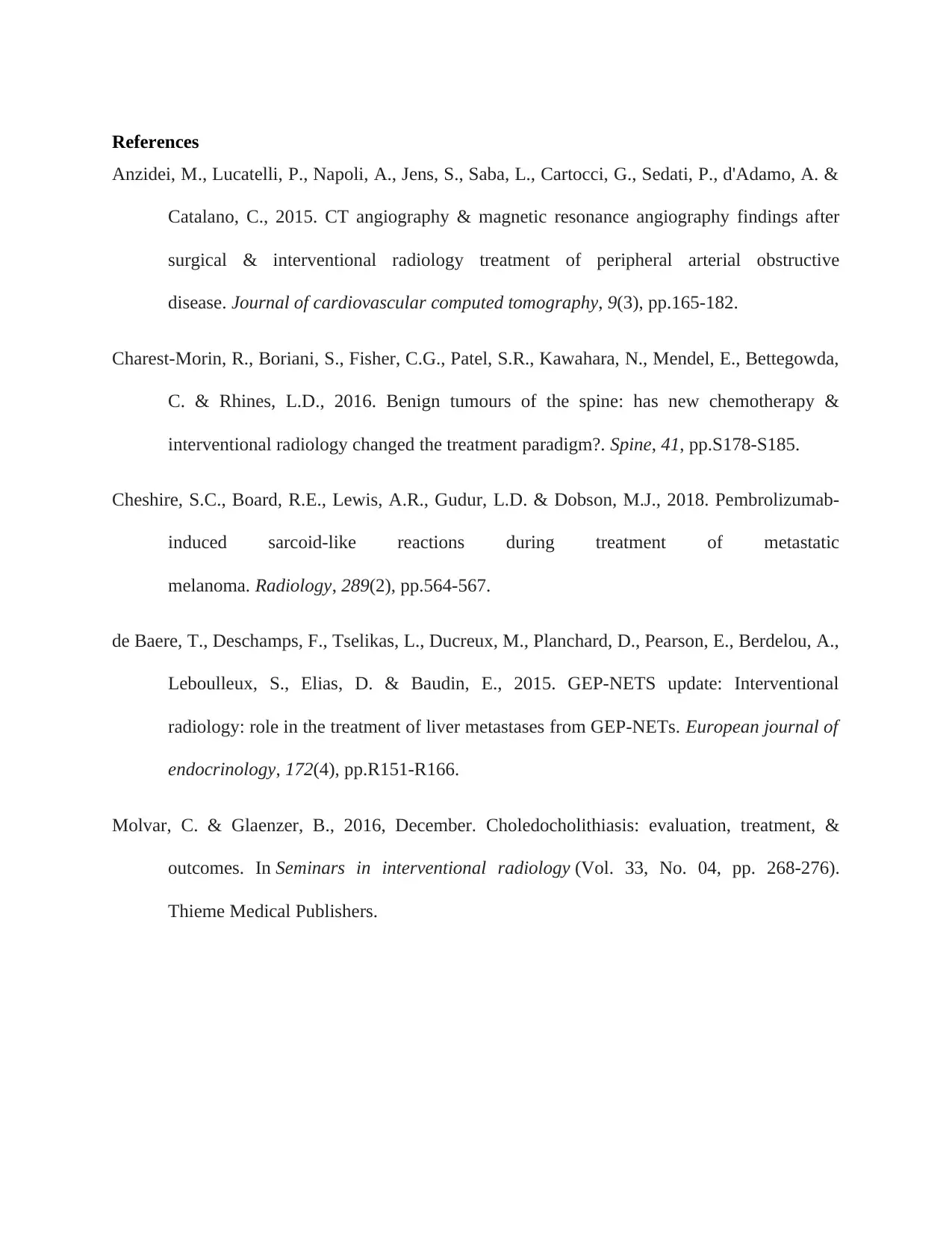





![[object Object]](/_next/static/media/star-bottom.7253800d.svg)